Gardens and Glass
Click on the first photo in each group and scroll to see the square photos at full size.
To start at the beginning of this series, visit Dodging the Deep Freeze 2020.
We returned from Florida almost five weeks ago and went straight into quarantine. At first it was to protect the kids from us – but since someone in each of their households is still working, now it’s to protect us from the kids.
We spent several hours yesterday afternoon venturing out during the COVID lockdown to get some fresh air. We were looking forward to a little sunshine, since it was the first time since we’ve been home that we were to top 60 degrees. We went into a wide open space where (maybe) two dozen people had the same idea, and even though Lake Michigan was the most beautiful shades of blue I had ever seen on that great lake, the 25-mile-an-hour wind made it pretty uncomfortable. Even though we only made one quick swoop around the park, it was an outing nonetheless and much appreciated. We called in a curbside pickup so we could bring home some lunch.
Jim was my chauffeur, so as he drove I checked out the brown trees with no signs of life – not even a bud. I flashed back to the first week in February in Florida – one day in particular.
Sunken Gardens
“Sunken Gardens is a botanical paradise in the midst of a bustling city. As St. Petersburg’s oldest living museum, this 100-year-old garden is home to some of the oldest tropical plants in the region. Unwind as you stroll through meandering paths, lush with exotic plants from around the world. Explore cascading waterfalls, beautiful demonstration gardens, more than 50,000 tropical plants and flowers and a walk through butterfly encounter.” – from VisitFlorida.com
A Feast for the Eyes
Operated by the City of St. Petersburg, the Sunken Gardens have been around for more than a century. We read that Wikipedia calls it “one of the oldest roadside tourist attractions in the United States,” so we weren’t really sure what to expect, but usually when the word “Gardens” is in the name, it’s at least worth a look.
With four acres of well-established botanical gardens, this place is fantastic! Coy ponds with waterfalls, fabulous iron gates, fences and bridges are just the beginning. We wandered along beautiful paths that meandered through some of the oldest tropical plants in this part of the state.
Since 1903
In 1903, George Turner Sr. – a plumber and avid gardener purchased land with a shallow lake that was below sea level. He drained the lake for his sunken garden and planted papayas and other citrus, as well as exotic plants in the rich soil around his home. By the 1920s he opened a nursery – selling fruits, vegetables and plants. He found that people would pay a nickel to stroll through his gardens, so in the fall of 1935, he fenced the property and upped the price to a quarter. Turns out the masses loved his place and it became one of Florida’s top attractions.
After being handed down for two generations to his sons and grandsons, the Gardens were eventually sold to the City of St. Petersburg for over $2 million. They are now maintained by a group of volunteers who must love it as much as George did, because it is flourishing! “The garden atmosphere is peaceful and many of the plants are quite large (compared to typical specimens) due to their long history of protection and cultivation.”
In 2016, twenty Chilean flamingos were added in with the two remaining flamingos from the original 17-bird flock. George and Lucy have lived here since 1956, and now have some youngsters to keep them company. Also on the grounds are turtles, fish in the ponds, quite an assortment of other birds (macaws, parrots, laughing kookaburras and more) and a wonderful butterfly garden.
Tranquility, Inner Harmony…
The Sunken Garden Growing Stone was originally found in the center of the sinkhole lake, which formed Sunken Gardens. Legend has it that, “He who sits upon the ancient stone shall be granted tranquility, inner harmony, and the talent to make things grow.” Of course I had to give it a try.
This was an absolutely fabulous find, and I’d highly recommend a stop if you’re ever in St. Petersburg. Oh, and now it will cost you $12 each to get in. Inflation you know!
We’ll Be Back!
After two days of lounging around, I wandered the grounds at the Tradewinds one last time for some photos. Luckily, we had a beautiful sunset the night before we left to seal the deal – that we’ll return again soon.
En route to Kissimmee
Since we had some time to kill between checkout and checkin at our new accommodations in Kissimmee, we saved a day trip to fill the void. The Morean Arts Center in downtown St Petersburg is home to the Chihuly Collection. Ever since I stumbled upon a small Chihuly exhibit at the Desert Botanical Garden in Phoenix many years ago, I’ve been a fan of Dale Chihuly, but it wasn’t until today that I got to know a little more about the man behind the fabulous blown glass.
Chihuly’s drawings are displayed throughout the gallery and were used to inspire his visions for glass. “Lively, swirling lines and forms burst their outlines with splats, drips and blotches.” The drawings were almost as beautiful as the blown glass they inspired.
A Much Younger Chihuly
Toward the end of our visit we watched a film that was running continuously in a room with many chairs. It felt good to sit for a while and although we didn’t see the entire film, what we did see was very inspiring. There was old footage of Chihuly experimenting and pushing the envelope as a young man. It was fun to hear of his travels to other countries where he met others who loved playing with fire and glass as much as he did, learning of their different procedures, sharing their love of the art and expanding their creativity in the craft.
Since 1965, Chihuly has been experimenting with glassblowing, and that same year he came to University of Wisconsin – Madison to study with renowned glass artist Harvey Littleton in the first glass program in the United States. Around 1968 he traveled to Venice to the island of Murano, where he first saw the team approach to blowing glass.
The Team Approach
I’m sure the team approach came in handy several years later when he was injured while bodysurfing, and was no longer able to hold a glass-blowing pipe. I suppose that is why the drawings are so important to him now. He can more clearly project his visions to the team of artists who create them. Once during an interview someone asked if he’s content in his new role of “more choreographer than dancer” and he said, “Once I stepped back, I liked the view” and now he can see the work from a different perspective.
The displays provide a reflective surface to see each sculpture from a different perspective as well. The second photo is of the table below the sculpture which offered fabulous reflections.
“A trip to Tokyo in 1989, was the inspiration for his Niijima Floats, which range in size from one to nearly four feet in diameter, truly stretching the technical limits of glassblowing... Their kaleidoscopic colors, often highlighted by gold and silver leaf, are reminiscent of both Japanese lacquerware and Chihuly’s childhood marbles, which he also linked to his early love of glass.” – READ MORE
In 1995, after creating floats in many different sizes and colors in Finland, he plopped them into a river. He discovered he loved the look of the bubbles floating. When the current carried the floats downstream, locals would return them in their boats. He so liked the look of the boats-full of floats, that he has continued this concept ever since. It’s a little easier outside in a garden pond installation, but inside on the reflective surface that assimilates water – it looks pretty great too.
A Fabulous Walkway
Moving from one room to another was treat, as we passed under a beautiful display of random pieces on a plexiglass ceiling. The lighting above the display was amazing to me, and it was difficult to leave that area with its bright and beautiful colors and the fabulous wavy and textured glass.
“Persians are dynamic, asymmetrical forms that take on a dramatic new presence when placed together in pedestal compositions and ceiling installations, called Pergolas. Bursting with color, these unexpected installations invite people to interact with art in a new way.” – READ MORE
The Mendota Wall
If you’re ever near the Kohl Center at UW-Madison, be sure to stop to see “The Mendota Wall”, which is comprised of more than 1,000 hand-blown pieces of vibrantly hued glass, forming the 120-foot-long installation. Seattle glass master and UW Alumnus Dale Chihuly created this piece in 1997 – 30 years after his graduation. In 2013, UW-Madison recognized him with an honorary Doctor of Fine Arts degree. Click on the link to see this fabulous work.
Next up: Between the Greens
Happy trails,
Barb


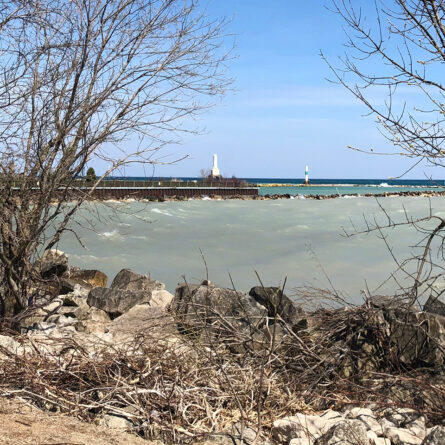


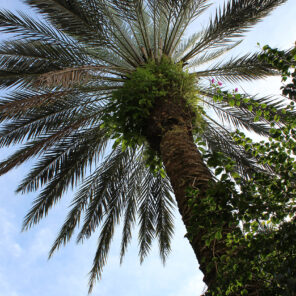
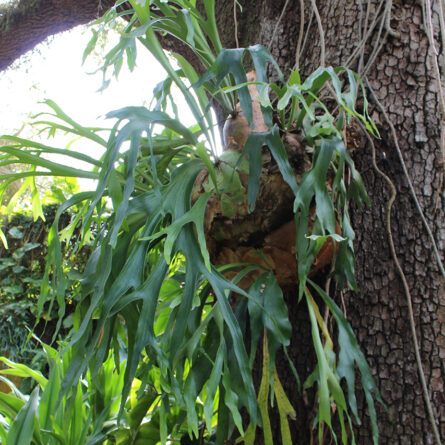
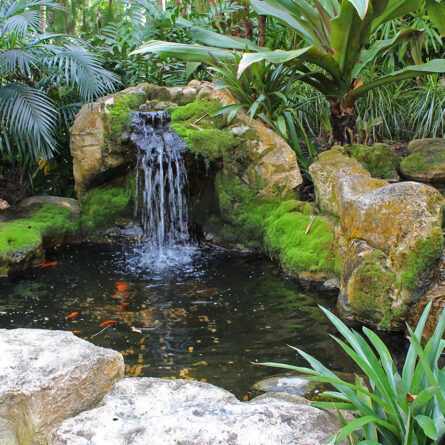
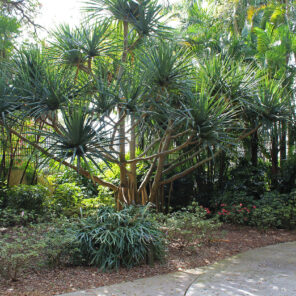

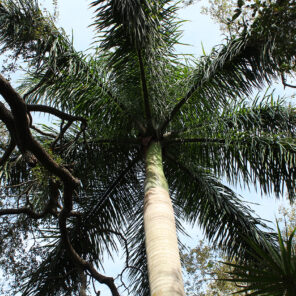
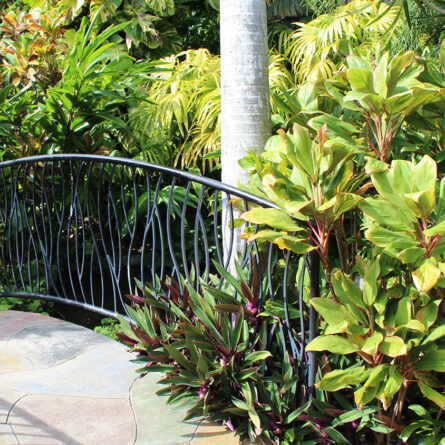

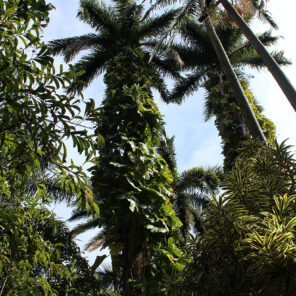
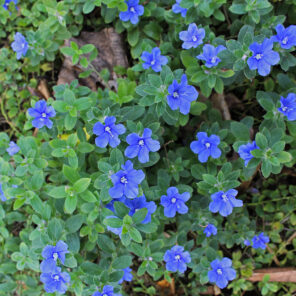
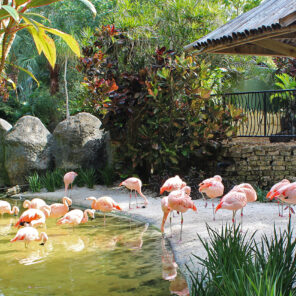
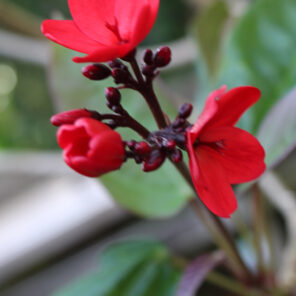
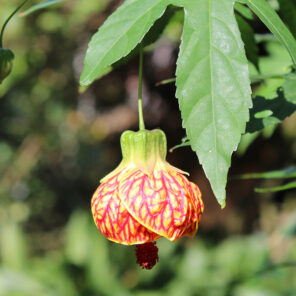

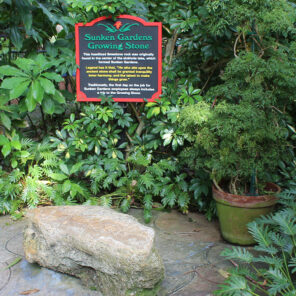
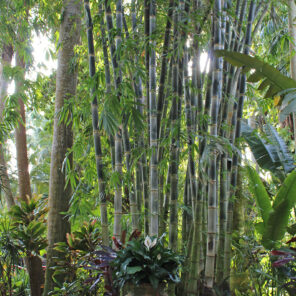
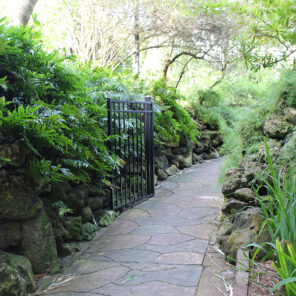
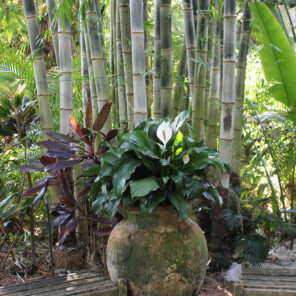

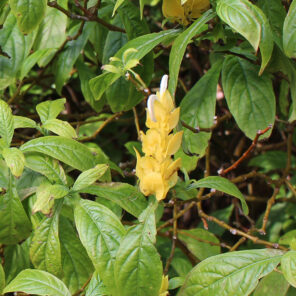
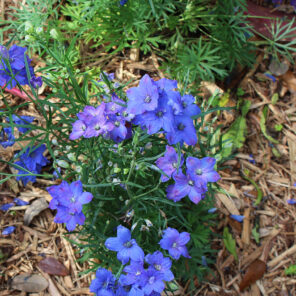
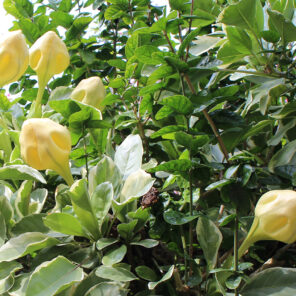
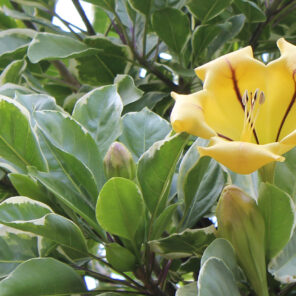
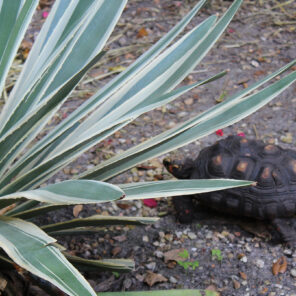

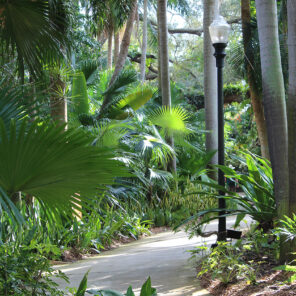
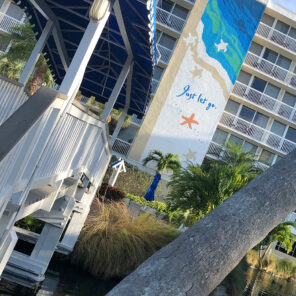
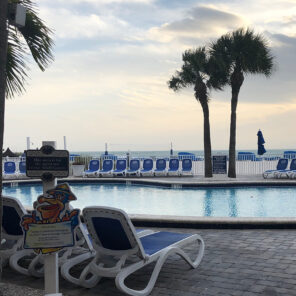
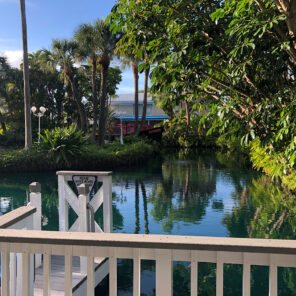
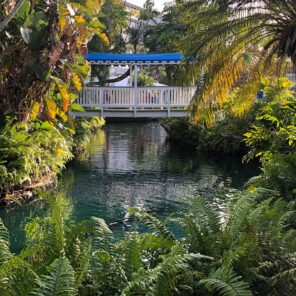
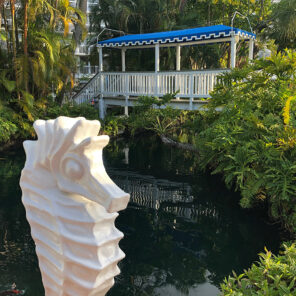
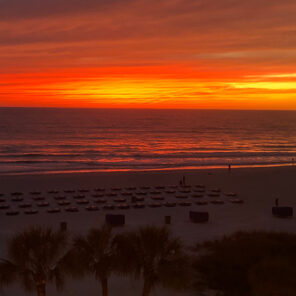
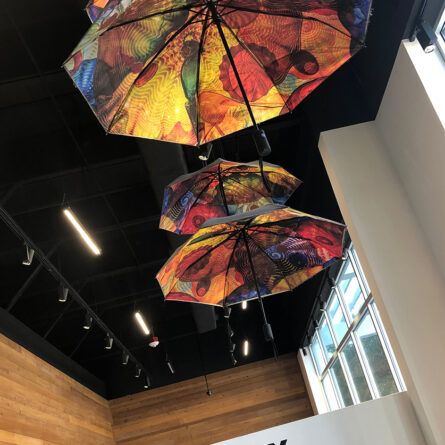
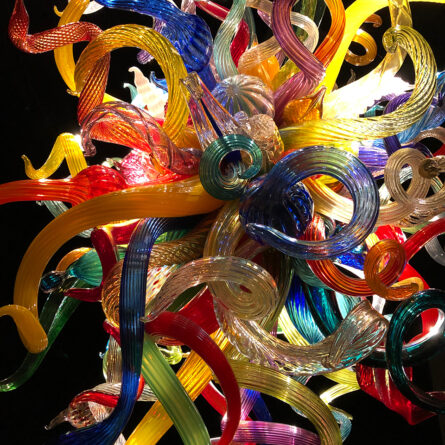
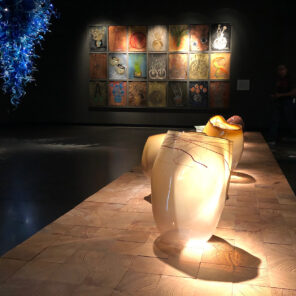

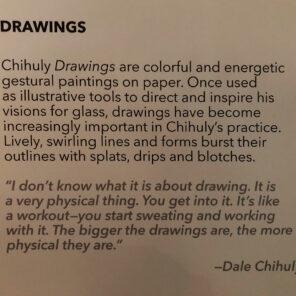
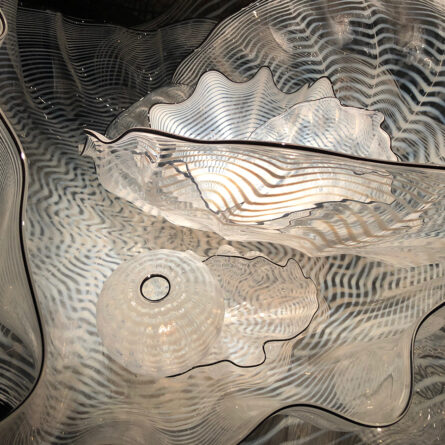

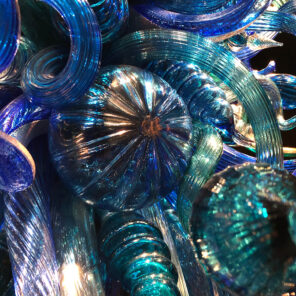

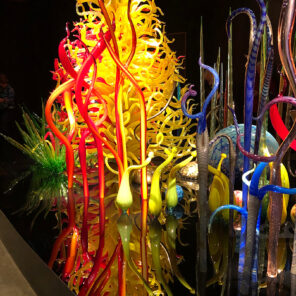
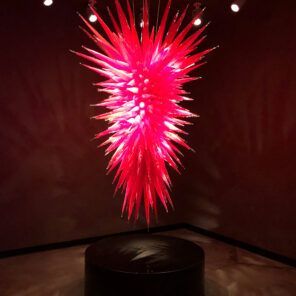

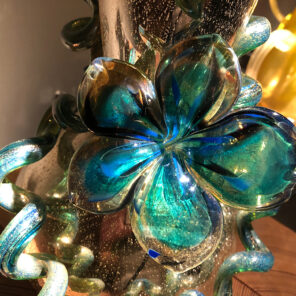
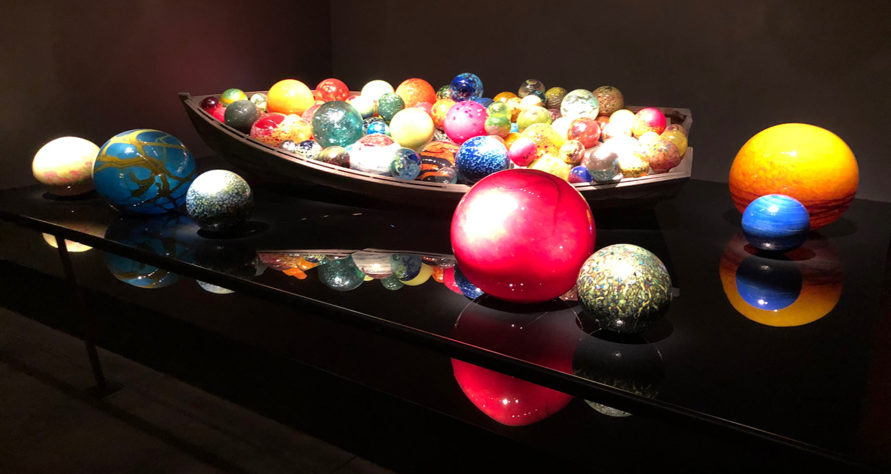

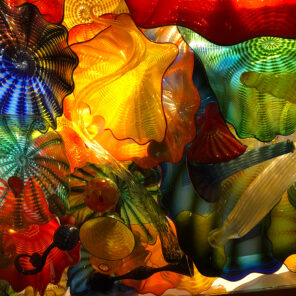







I’m glad you enjoy the blog. I sure love doing it! When/where is Chihuly to come to TN?
Awww shucks. Thanks so much! I’m glad I inspire you to vacation, although you guys have been doing that on your own these days! Xxoo
Another place to add to take a vacation! You are a talented woman Barb, the photos are exceptional and the way you describe things is a treat!
I love getting your blogs and all of the amazing pictures. And I love all of the Chilhuly glass. I hope that this virus doesn’t keep them from coming to Nashville this fall.